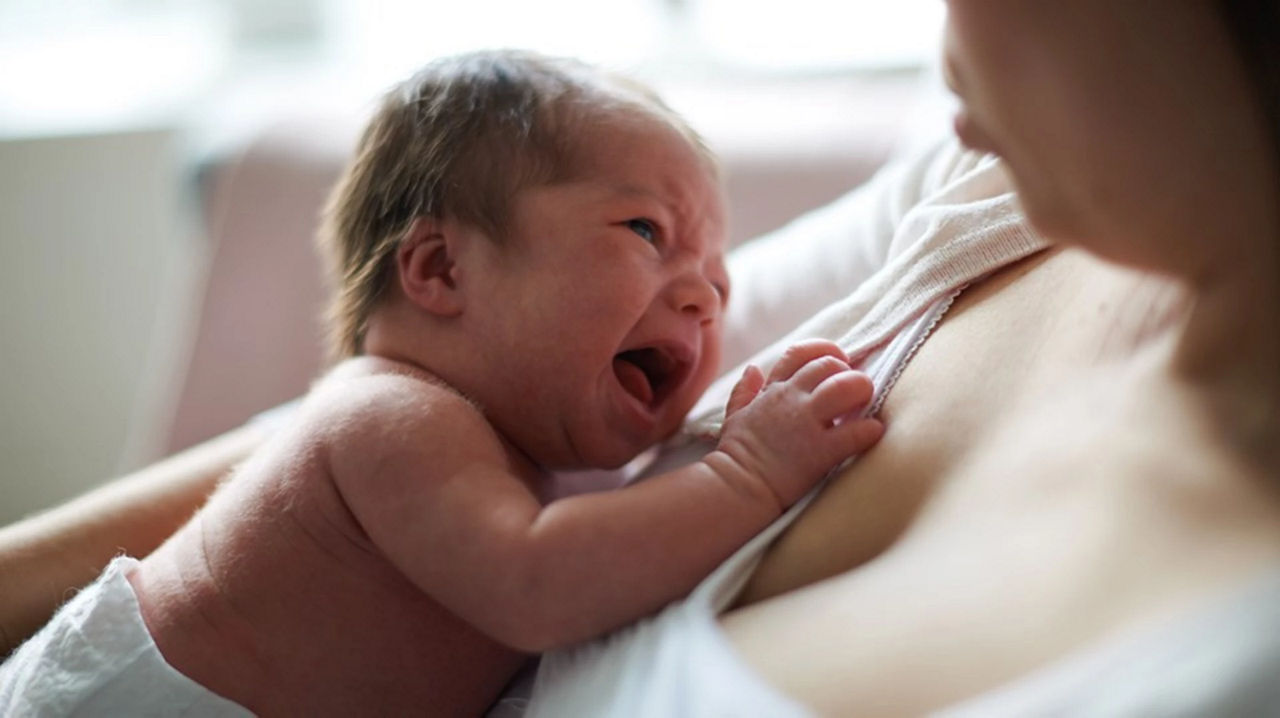A baby with a lactose intolerance usually experiences less severe reactions than one with an allergy. As with a milk allergy, symptoms of lactose intolerance can include diarrhoea, vomiting, and stomach cramps but not usually hives or breathing difficulties. Another difference is that a lactose intolerance won’t show up in a blood or skin-prick test. Still, your baby’s reaction will be noticeable, if not as severe as that of an allergy.
There are two main types of lactose intolerance. The first is primary lactose intolerance, and is caused by a deficiency in the enzyme lactase. It normally affects Hispanic, Asian and American Indian populations, but is uncommon in Europeans – also, the condition doesn’t often cause symptoms in the first year of life. But it doesn’t mean that lactose has to be removed from the diet entirely: depending on the individual, those with primary lactose intolerance can often tolerate a certain amount of lactose.
Secondary lactose intolerance is usually caused by damage to the gut, after a severe stomach bug, for example. But this form of the condition is usually temporary, until the gut heals. In very severe cases, lactose may need to be removed from the diet for a few weeks, but should only be done so on the advice of a healthcare professional.
Before you worry too much about milk allergies and intolerances, it’s worth remembering that babies and small children often pick up common bugs when they come into contact with other children, which can have similar unpleasant effects. But if your baby’s symptoms persist or you notice a pattern occurring, you should seek advice from your doctor.






